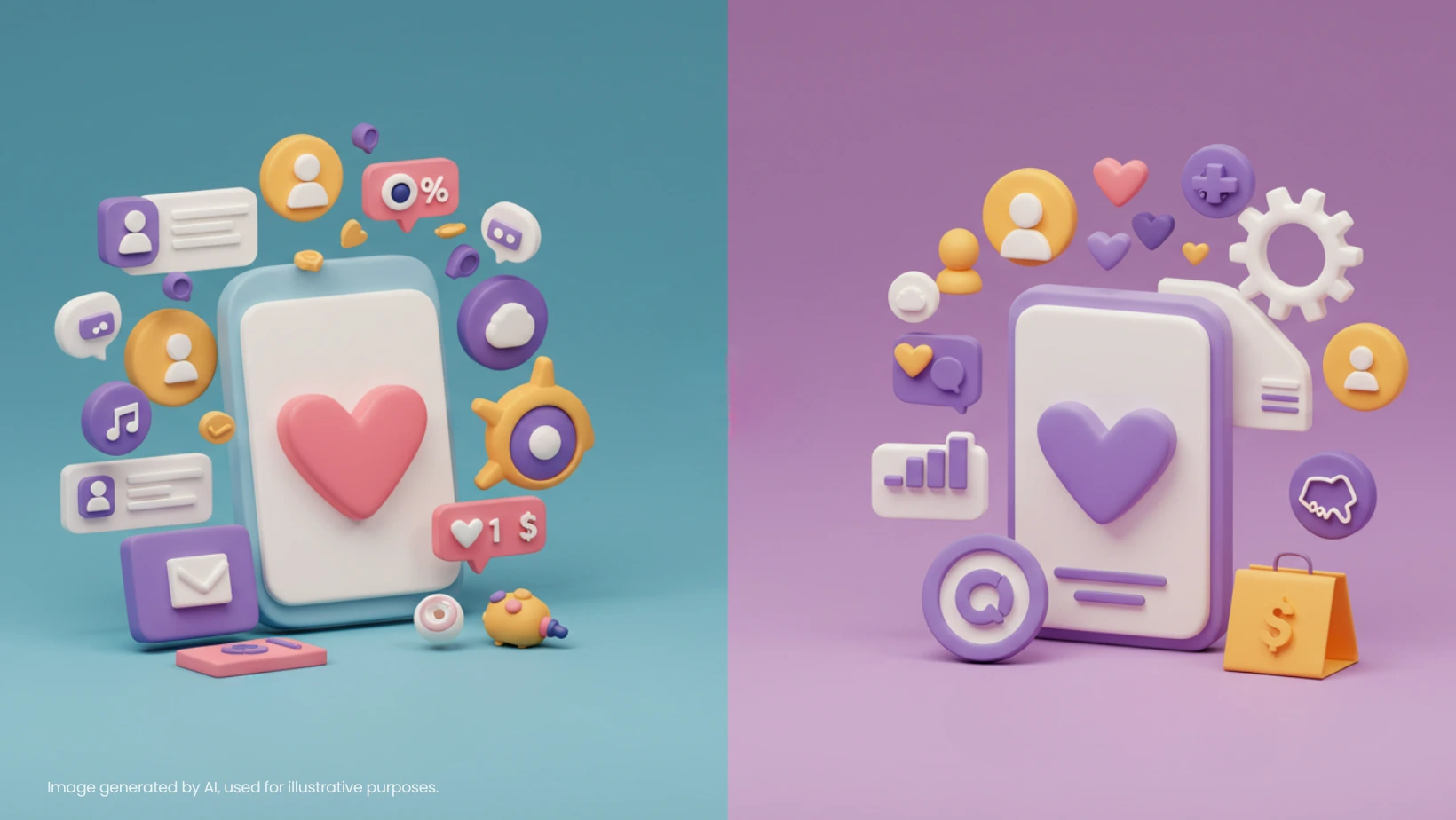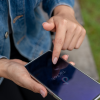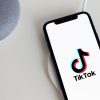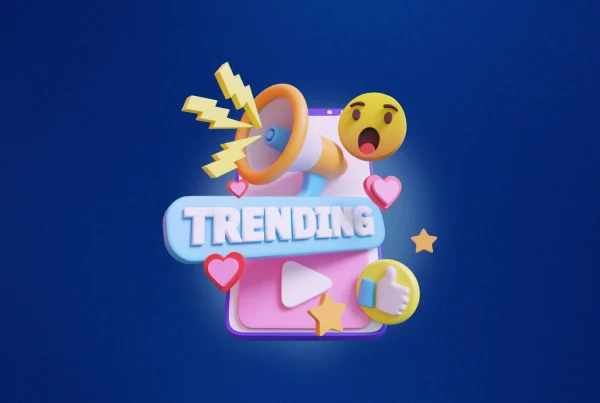
It’s so simple these days to get brands to go viral. A good TikTok, a celebrity endorsement, or a founder with a great personality, and you’re trending. But the harsh truth is that being viral does not mean the value is also the same.
And many viral brands are learning this the hard way.
The Popularity Trap
We’ve all seen it. A brand goes viral because the founder is charismatic, relatable, or just plain famous. People gather to buy the product, not because it’s great but because they love the story behind it.
But when the hype fades, what’s left? What they offer to their customers.
This is where the problem lies. Popularity-only products get exposed the moment customers start to use them.
If the product doesn’t live up to expectations regarding quality, reviews crash, returns balloon, and loyal consumers disappear as fast as they materialize.
That’s why maintaining the quality of the products and services is important so the hype will last longer. In the end, that’s what a business really is.
Why It Matters for Founders
As a founder, your personal brand can be a powerful tool, but it’s not a replacement for product value. Popularity may sell once, but performance keeps customers coming back.
And with today’s consumers getting savvier, it’s getting harder to fake quality.
If you’re just starting out, ask yourself:
- Are people buying because they trust the product or because they like me?
- Will my product still be innovative if it was competing in a hectic market when I wasn’t its face?
- Am I leveraging a feedback loop to build upon real customer experience?
Influencer Marketing Must Evolve
 This is where influencer marketing usually fails. So many campaigns center around hype. Quick wins, massive numbers, going viral. But we’re starting to see it change:
This is where influencer marketing usually fails. So many campaigns center around hype. Quick wins, massive numbers, going viral. But we’re starting to see it change:
- Micro-influencers talking about actual product performance are seen as of higher importance than celebrity endorsements.
- Genuine reviews are beating out scripted advertising.
- Genuine review communities are becoming more trustworthy than glitzy promo videos.
Brands need to get with the program. Especially in Malaysia, where consumers are getting more aware, discerning, and vocal online.
What You Should Do Instead?
Focus on Products First
Make sure your product holds up independently even when no one cares who the founder is. Build prototypes. Get feedback. Iterate. Repeat.
Use Your Founder Story Strategically
Don’t make your story the only story. Use it to complement the product, not substitute it. People connect with authenticity, but they stay for the value.
Work with Influencers Who Actually Care About Outcomes
Partner with influencers who actually use the product, not just promote it. Find those who are known to offer authentic feedback, even though they may have less following.
Let Your Customers Do the Talking
Make real users present their experience. UGC (user-generated content) is often superior to an expensive ad.
Create Long-Term Trust, Not One-Time Sales
Keep delivering quality, service, and honesty. Your greatest marketing asset is a happy customer.
In Conclusion
You can’t build a legacy brand on likes alone. It might carry you through the first launch, but it will not carry you through the second, third, or fourth.
Brands that have real value last longer than brands that go viral. And when the world gets loud, promise-and-delivery brands will always win.
Start with the product. Build with the people. Be consistent. This is how brands can scale beyond the algorithm.
Want to find influencers who really care? We can help.














